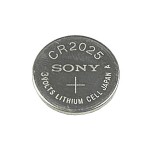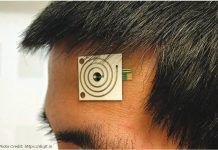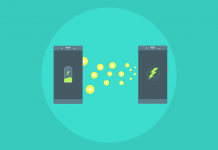 The lithium-ion battery is used in electric cars, mobile phones, laptops and even hearing aids, and by the military and NASA in surveillance and communications equipment.
The lithium-ion battery is used in electric cars, mobile phones, laptops and even hearing aids, and by the military and NASA in surveillance and communications equipment.
Despite fires and explosions during development, its relatively light weight and slow loss of charge has allowed manufacturers to significantly reduce the size of portable devices, and cut greenhouse gas emissions.
Today the Royal Society of Chemistry is marking the academics’ work with the award of a special plaque to be mounted at the entrance to Oxford University’s Inorganic Chemistry Laboratory where the four scientists made their discovery. ‘The idea just came out of the woodwork,’ one of the academics, Dr Phil Wiseman says. ‘When you see children in Vietnam using mobile phones it’s odd to think their devices use the compound we investigated three decades ago. Lithium-ion batteries in cars are also based on the same concept. Our paper was the starting point.’
In 1976, Professor John Goodenough, newly appointed head of Inorganic Chemistry, formed a research group to look again at the potential for creating rechargeable batteries. Soaring oil prices had encouraged multinational Exxon to seek alternative forms of vehicle power but battery short circuiting and explosions, coupled with a subsequent fall in oil costs, deterred the company from continuing.
The Oxford Group took on the task ‘kicking around ideas on a blackboard,’ recalls Dr Wiseman, then Professor Goodenough’s research assistant. ‘We looked at it in a different way using lithium cobalt oxide at the positive terminal and pulling the lithium out; this produced a huge cell voltage, twice that of the Exxon battery. It was this spare voltage that allowed alternatives at the other terminal where Exxon had been forced to use lithium metal which was fraught with problems.
‘Instead lithium-ion material could compose both electrodes. Mind you, I always thought the cobalt oxide would be too reactive; we also had a fire in the lab and had to call the fire brigade.’ It took a year of painstaking work before they could publish their research in the Materials Research Bulletin in the summer of 1980. The potential of the scientists’ findings was seized by electronics giant Sony which, after further research, manufactured the first lithium-ion battery ten years later. More recently, concerns about climate change have increased the demand for green power supplies and sparked further developments.
No more than four blue Chemical Landmark plaques are awarded annually. They are the RSC’s official recognition of historical sites where important chemical breakthroughs have been made. The third and fourth members of the team, Dr Koichi Mizushima and Dr Phil Jones are flying from Tokyo and France respectively to attend the unveiling today. ‘Everyone involved is named on it,’ Dr Wiseman says. ‘Koichi did most of the work but has never received much recognition. It will also be good for students to see. You never know; in one or two years’ time something similarly groundbreaking could come out of their research as well.’
Professor Peter Edwards, Head of Inorganic Chemistry at Oxford University, said: ‘It is tremendous for the University that such an important contribution to both science and technology is being recognised in this way. This plaque is a fitting tribute to Professor Goodenough and the team for making such a landmark discovery 30 years ago. It is also remarkable that as we celebrate today, Professor Goodenough will also be formally admitted as a Foreign Member of the Royal Society.’



